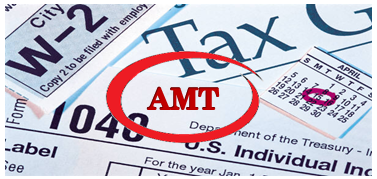 Enacted in 1969, the Alternative Minimum Tax was designed to ensure that high earning Americans pay their fair share of taxes. However, this bit of tax code is affecting more people than ever. Because the income levels subjected to this tax have not risen as quickly as the American standard of living, this tax can affect households earning as little as $41,700.
Enacted in 1969, the Alternative Minimum Tax was designed to ensure that high earning Americans pay their fair share of taxes. However, this bit of tax code is affecting more people than ever. Because the income levels subjected to this tax have not risen as quickly as the American standard of living, this tax can affect households earning as little as $41,700.
History of the Alternative Minimum Tax
A study was done in 1969 that found that 155 wealthy people in the United States paid no taxes at all. The definition of wealth at the time was earning more than $200,000 a year, which is $1,254,775 in 2016 dollars when adjusted for inflation. Now, however, the income levels subjected to the alternative minimum tax include:
- Single or head of household – $53,600
- Married, filing jointly – $83,400
- Married, filling separately – $41,700
This includes millions of American households, far more people than those targeted by the original law. However, the good news is that there are ways to adjust your alternative minimum tax and pay no more than your fair share of taxes.
Reducing Your Alternative Minimum Tax
While the alternative minimum tax is intended to have no loopholes, there are still limited ways to reduce what you pay. These include medical and dental expenses in excess of ten percent of your annual gross income as well as itemized charitable donations. However, there are many items that will reduce your normal tax liability without reducing alternative minimum tax, which means your tax bill will remain the same. It is important to talk to your accountant about this tax if you believe you may be subject to the tax.


